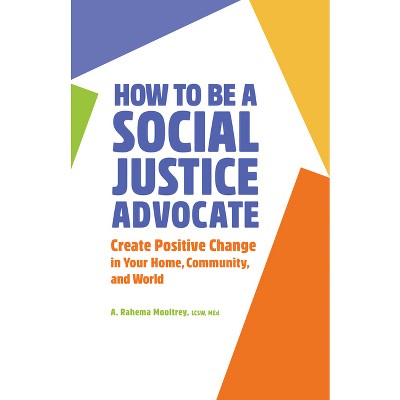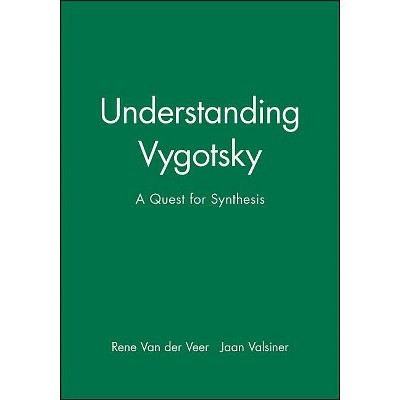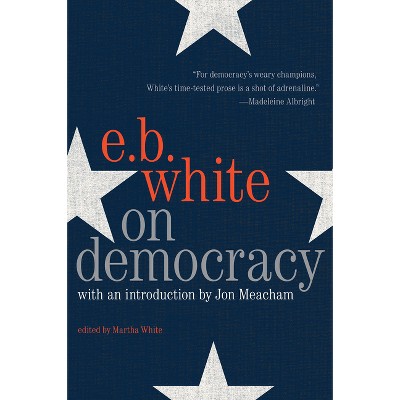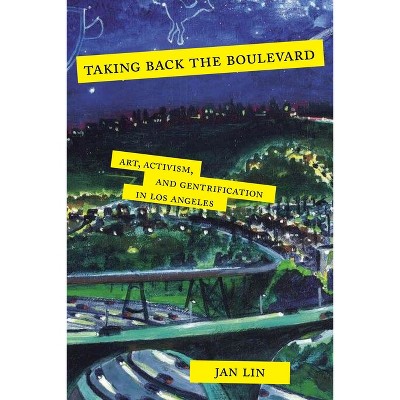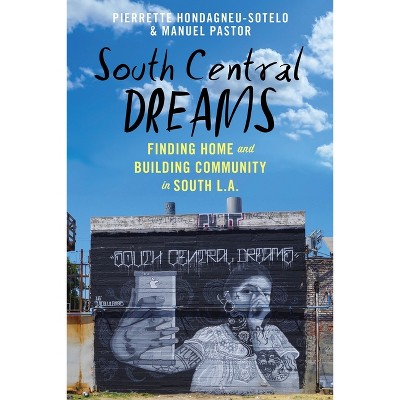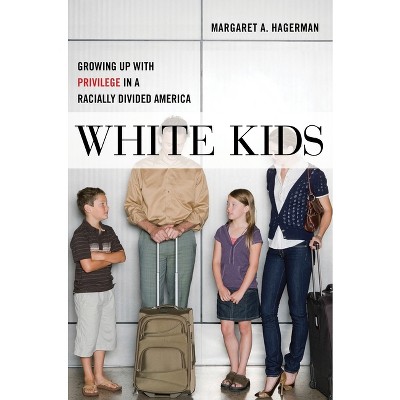Sponsored

Toxic Communities - by Dorceta E Taylor (Paperback)
$30.49Save $8.51 (22% off)
In Stock
Eligible for registries and wish lists
Sponsored
About this item
Highlights
- Uncovers the systemic problems that expose poor communities to environmental hazards From St. Louis to New Orleans, from Baltimore to Oklahoma City, there are poor and minority neighborhoods so beset by pollution that just living in them can be hazardous to your health.
- Author(s): Dorceta E Taylor
- 352 Pages
- Social Science, Sociology
Description
About the Book
"From St. Louis to New Orleans, from Baltimore to Oklahoma City, there are poor and minority neighborhoods so beset by pollution that just living in them can be hazardous to your health. Due to entrenched segregation, zoning ordinances that privilege wealthier communities, or because businesses have found the 'paths of least resistance,' there are many hazardous waste and toxic facilities in these communities, leading residents to experience health and wellness problems on top of the race and class discrimination most already experience. Taking stock of the recent environmental justice scholarship, Toxic Communities examines the connections among residential segregation, zoning, and exposure to environmental hazards. Renowned environmental sociologist Dorceta Taylor focuses on the locations of hazardous facilities in low-income and minority communities and shows how they have been dumped on, contaminated and exposed.Drawing on an array of historical and contemporary case studies from across the country, Taylor explores controversies over racially-motivated decisions in zoning laws, eminent domain, government regulation (or lack thereof), and urban renewal. She provides a comprehensive overview of the debate over whether or not there is a link between environmental transgressions and discrimination, drawing a clear picture of the state of the environmental justice field today and where it is going. In doing so, she introduces new concepts and theories for understanding environmental racism that will be essential for environmental justice scholars. A fascinating landmark study, Toxic Communities greatly contributes to the study of race, the environment, and space in the contemporary United States"Book Synopsis
Uncovers the systemic problems that expose poor communities to environmental hazards
From St. Louis to New Orleans, from Baltimore to Oklahoma City, there are poor and minority neighborhoods so beset by pollution that just living in them can be hazardous to your health. Due to entrenched segregation, zoning ordinances that privilege wealthier communities, or because businesses have found the 'paths of least resistance, ' there are many hazardous waste and toxic facilities in these communities, leading residents to experience health and wellness problems on top of the race and class discrimination most already experience. Taking stock of the recent environmental justice scholarship, Toxic Communities examines the connections among residential segregation, zoning, and exposure to environmental hazards. Renowned environmental sociologist Dorceta Taylor focuses on the locations of hazardous facilities in low-income and minority communities and shows how they have been dumped on, contaminated and exposed. Drawing on an array of historical and contemporary case studies from across the country, Taylor explores controversies over racially-motivated decisions in zoning laws, eminent domain, government regulation (or lack thereof), and urban renewal. She provides a comprehensive overview of the debate over whether or not there is a link between environmental transgressions and discrimination, drawing a clear picture of the state of the environmental justice field today and where it is going. In doing so, she introduces new concepts and theories for understanding environmental racism that will be essential for environmental justice scholars. A fascinating landmark study, Toxic Communities greatly contributes to the study of race, the environment, and space in the contemporary United States.Review Quotes
"A survey of the environmental justice movement which has so crucially challenged white traditions of conservation and the pastoral images of land and ecology that are their hallmarks."-- "Art Journal"
"Dorceta Taylor, a distinguished scholar in the field of environmental sociology, has just published a book that contributes to research on environmental racism in the USA. In Toxic Communities, Taylor surveys long-standing debates in the field of environmental justice and identifies new theoretical and methodological directions for environmental justice researchers."-- "Urban Studies"
"Dorceta Taylors book, Toxic Communities is an intellectually weighty book that elevates the discussion of environmental justice." An intellectually weighty book that elevates the discussion of environmental justice"-- "Human Ecology"
"In this excellent assessment of multimethod research, Taylor brings a refreshing emphasis on nuance and accountability to the environmental justice discussion . . . provides a comprehensive, objective, and balanced portrait of environmental justice to date."-- "Choice"
"In Toxic Communities, Dorceta Taylor tackles a vexing question: why dont people in contaminated communities just move? This highly original book reframes the entire field of environmental justice studies by urging us to focus on the social mechanisms behind the scourge of environmental racism, which relegate people to those spaces and make it nearly impossible for them to move out. Only when we can target those underlying mechanisms will there be any hope of securing a meaningful and lasting environmental justice. Rather than simply demonstrating the fact that people of color are disproportionately exposed to environmental hazards and accepting simple explanations for this phenomenon, Taylor goes to the heart of the matter and explores why and how environmental racism remains an enduring wound on the American social landscape. This is the first book to delve so deeply and broadly into the debates concerning environmental racism. Toxic Communities will become the gold standard for the field of environmental justice studies."--David Naguib Pellow, co-author of The Slums of Aspen: Immigrants vs. the Environment in America's Eden
"It offers a valuable review of the diverse mechanisms of structural racism that has produced and maintained patterns of residential segregation, spatial exclusion, and environmental injustices in the United States."-- "PsycCritques"
"Toxic Communities is the most comprehensive account to date of why certain communities host toxic facilities and why certain populations are more likely to live in close proximity to those facilities. Taylor not only forthrightly confronts the complex causal processes that shape the uneven distribution of environmental hazards, but she does so with a keen sensitivity to the vast differences among communities, their geographies and their histories. This book deepens our understanding of the phenomenon of environmental (in)justice and promises to be a standard-bearer in the field for a long time to come."--Sheila R. Foster, co-author of From the Ground Up
"Well-written and researched."-- "Olive Branch United"
Dimensions (Overall): 8.9 Inches (H) x 5.9 Inches (W) x 1.1 Inches (D)
Weight: 1.28 Pounds
Suggested Age: 22 Years and Up
Number of Pages: 352
Genre: Social Science
Sub-Genre: Sociology
Publisher: New York University Press
Theme: General
Format: Paperback
Author: Dorceta E Taylor
Language: English
Street Date: June 20, 2014
TCIN: 82963465
UPC: 9781479861781
Item Number (DPCI): 247-17-3469
Origin: Made in the USA or Imported
If the item details aren’t accurate or complete, we want to know about it.
Shipping details
Estimated ship dimensions: 1.1 inches length x 5.9 inches width x 8.9 inches height
Estimated ship weight: 1.28 pounds
We regret that this item cannot be shipped to PO Boxes.
This item cannot be shipped to the following locations: American Samoa (see also separate entry under AS), Guam (see also separate entry under GU), Northern Mariana Islands, Puerto Rico (see also separate entry under PR), United States Minor Outlying Islands, Virgin Islands, U.S., APO/FPO
Return details
This item can be returned to any Target store or Target.com.
This item must be returned within 90 days of the date it was purchased in store, shipped, delivered by a Shipt shopper, or made ready for pickup.
See the return policy for complete information.
